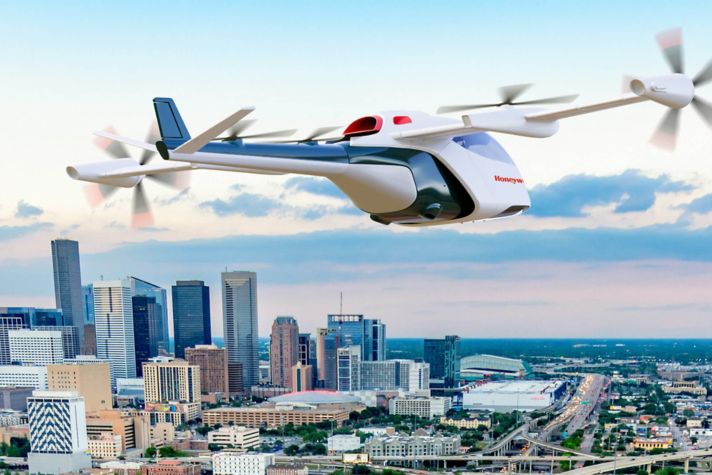You are browsing the product catalog for
You are viewing the overview and resources for
- News
- Runway Safety and Technology: What to Know
Runway Safety and Technology: What to Know
Runway Safety and Technology: What to Know
Runway safety is about protecting the lives of passengers and personnel, and aircraft from avoidable incidents while taxiing, taking off and landing
More people are expected to take flights this year than ever before. The International Air Transport Association (IATA) expects to see 4.7 billion air passengers this year – 200 million more passengers than the pre-pandemic record set in 2019.
With more planes on the runways, keeping passengers and crew safe and avoiding incidents during runway operations including taxiing, takeoff and landing, is paramount to a safe air transport industry.
Safety experts are concerned at the increase in serious runway safety incidents that have put hundreds of lives at risk. In the US, there were 23 serious runway incidents in fiscal year 2023, up from 16 the previous year.
Many of these incidents can be prevented with enhanced technologies and systems designed to deliver timely alerts to pilots, air traffic controllers and other personnel.
What constitutes a runway safety incident? How can they be avoided? Get to know the basics and how technology works to protect passengers, crews and aircraft.
Types of Runway Safety Incidents
Wrong Surface Operations
What it means: Airports have taxiways and runways. Taxiways help aircraft get to and from the runway, and a runway is the designated area for takeoff and landing. Wrong surface operations occur when pilots mistakenly attempt takeoff or landing on a taxiway instead of a runway.
According to the National Business Aviation Association, in the United States, one wrong surface event on average occurs each day.
Runway Excursions
What it means: When an aircraft veers off or lands off the end of a runway.
Runway excursions are the most common type of runway safety incident reported annually, according to the IATA.
Runway Incursions
What it means: When an aircraft collides with vehicles, such as other aircraft or ground vehicles.
The FAA reported 1,760 runway incursions at airports in the US in 2023, which is more than four incursions a day, on average.
How Technology Helps
Systems and software onboard aircraft today help enhance situational awareness for pilots and flight crews — especially in low visibility flying conditions — to avoid wrong surface operations and runway excursions. Updates to these systems can also help break the chain of events that lead to runway incursions by providing increased situational and positional awareness during taxi, takeoff and landing.
With these runway safety enhancements, flight crews receive an alert if the aircraft is going too fast, is too high, is lined up to takeoff or land on a taxiway instead of runway, is going to incur a long landing or is incorrectly configured for landing.
Typically, in the event of a takeoff- or landing-related runway incident, flight crews would not hear or see an advisory notification onboard the aircraft displays, leaving the pilots to focus on the task at hand and rely on external advisories, such as from air traffic control or visual alerts built into some airports.
Additional layers of protection are key to enhancing runway safety, said Thea Feyereisen, a pilot and senior fellow at Honeywell Aerospace Technologies. Feyereisen is focused on human factors, the study of how pilots can interact with aviation technology and enhance aviation safety.
Take driving your car as an example. You have multiple layers of protection as a driver or passenger – like bumpers, seatbelts and airbags. If the airbags fail, you still have a seatbelt.
“We need those multiple layers of protection in our air traffic system. We can’t rely on just one system, as it could fail, and we need multiple ways to notify the pilots of a safety alert – sight, sound and sometimes tactile displays,” Feyereisen said.
Technological advancements to aircraft systems promoting runway safety also address the myriad situations pilots navigate when trying to taxi, take off or land, such as poor weather, dated runway infrastructure, high density of air traffic operations, staffing shortages in some air traffic control towers, or operating at unfamiliar airports.
“Pilots are the last line of defense, and they have been the heroes in runway safety situations which have prevented multiple catastrophes,” Feyereisen said. “We need to give pilots the tools that will help them continue to protect the lives of the passengers and crew onboard these aircraft.”
Learn more about what our experts and engineers are doing to enhance runway safety in America in this video with Honeywell Aerospace Technologies President and CEO Jim Currier.
Copyright © 2025 Honeywell International Inc.




